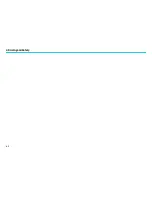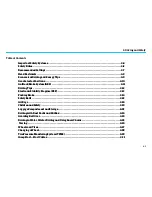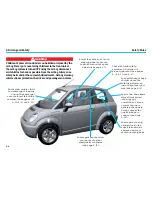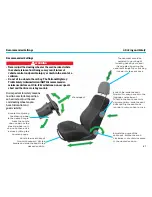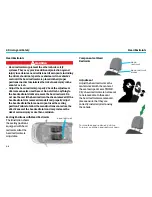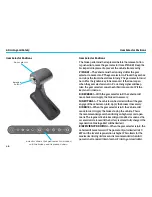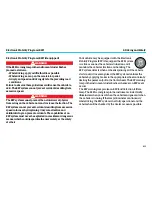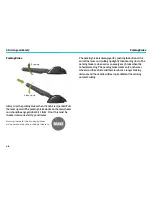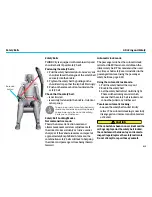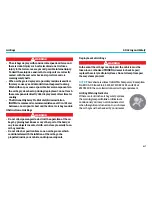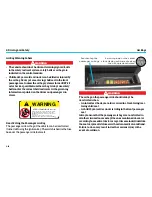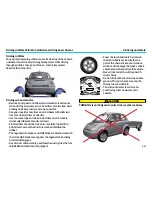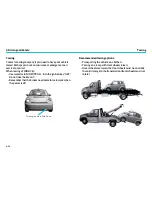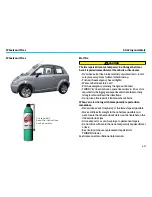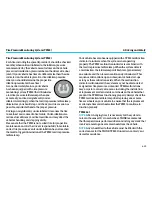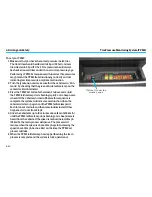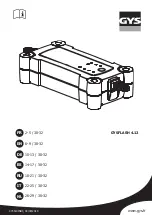
4. Driving and Safety
4-16
Air Bags
Air Bags
! WARNING
The vehicle is equipped with an air bag and lap/shoulder
belt at both front outboard seating positions. All occupants,
including the driver, should always wear their safety belts
whether or not an air bag is also provided, in order to minimize
the risk of severe injury or death in the event of a crash. The
air bag is a supplemental restraint at these seating positions
providing additional protection in certain types of collisions
only — they do not replace the need to wear a safety belt.
General Information
Air bags are an integral part of the vehicle’s safety system. The
control unit will analyze data received from the collision and
safety sensors to determine if the air bags should be released.
Air bags are designed to be released only in a frontal collision
or another type of collision severe enough to activate them.
Activation of the air bags is accompanied by a loud noise; air
bags inflate rapidly to reduce the crash force before deflating
in a controlled manner. This happens in a matter of tenths of
seconds.
How the System Works
Operation of the air bag system depends on the rate at which
your vehicle decelerates as a result of a collision. In the event
of a collision, the air bag control unit monitors the rate of
deceleration to determine whether the air bags should be
deployed.
When deployed, air bags inflate rapidly, with considerable force
accompanied by a loud noise. The deployed air bag, together
with the safety belt restraint system, limits the movement of the
occupants, thereby reducing the risk of injury to the head and
upper torso.
The air bag system is not designed to deploy as a result of:
• Rear collisions
• Minor front impacts
• Minor side impacts
• Heavy braking
• Driving over bumps or potholes
Air bag
(2-stage)
Air bag
(2-stage)
Air bag control unit
Switch for
disengaging
the passenger
side air bag
(under the
plastic panel)
Summary of Contents for think city
Page 1: ...THINK City USER MANUAL...
Page 2: ......
Page 8: ...1 Get to Know Your THINK City 1 2...
Page 26: ...2 Overview of Instruments and Controls 2 2...
Page 38: ......
Page 40: ...3 Climate Controls 3 2...
Page 48: ......
Page 50: ...4 Driving and Safety 4 2...
Page 80: ......
Page 82: ...5 Service and Maintenance 5 2...
Page 104: ......
Page 106: ...6 Specifications and Technical Data 6 2...
Page 114: ......
Page 116: ...7 Reporting Safety Defects 7 2...
Page 117: ...7 Reporting Safety Defects 7 3 Table of Contents ReportingSafetyDefects 7 4...
Page 119: ...8 Index...
Page 123: ......

